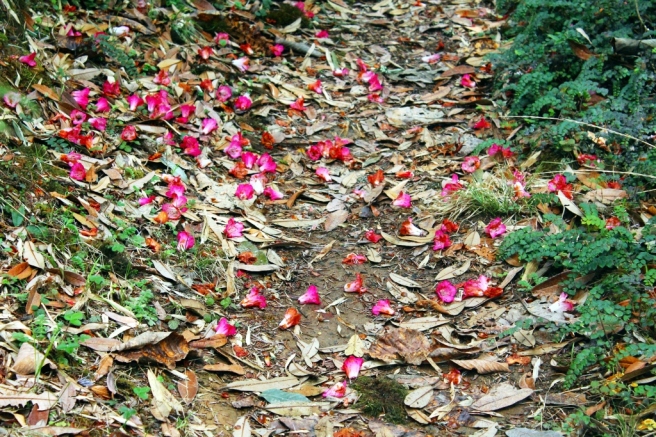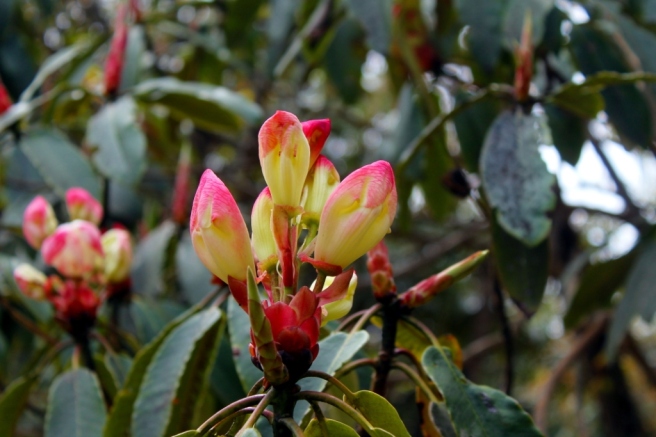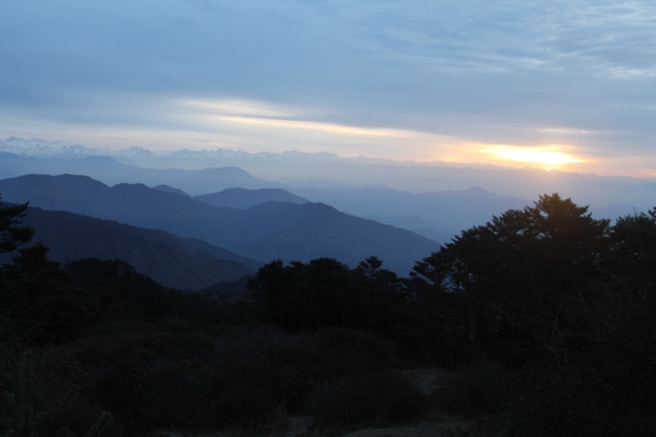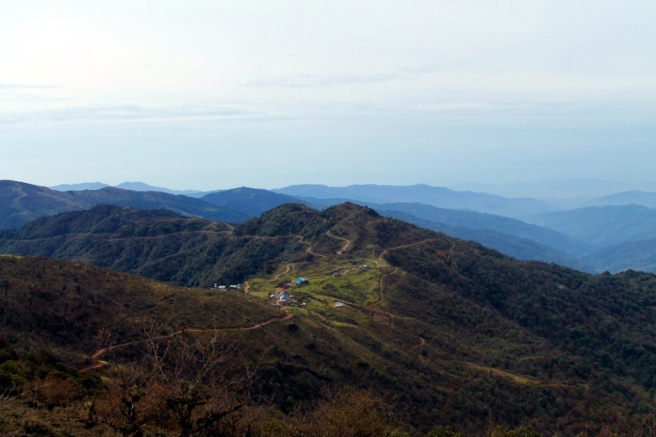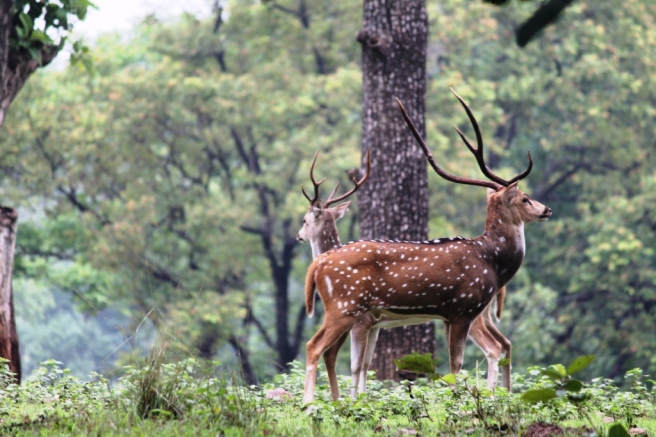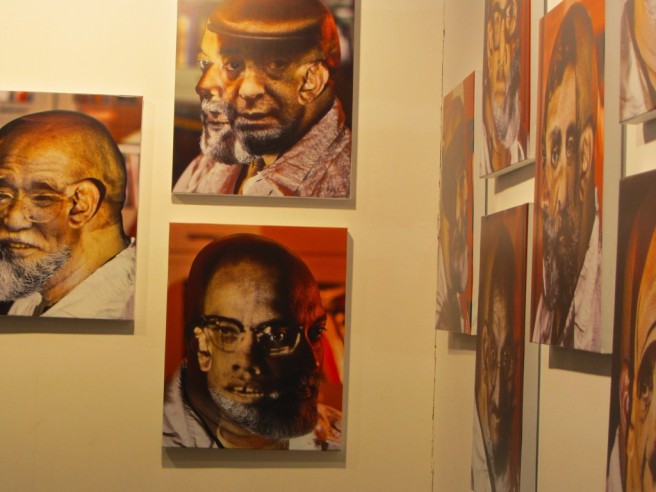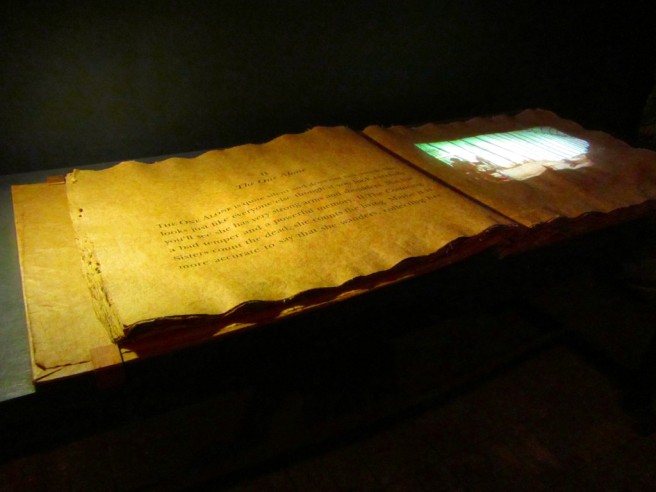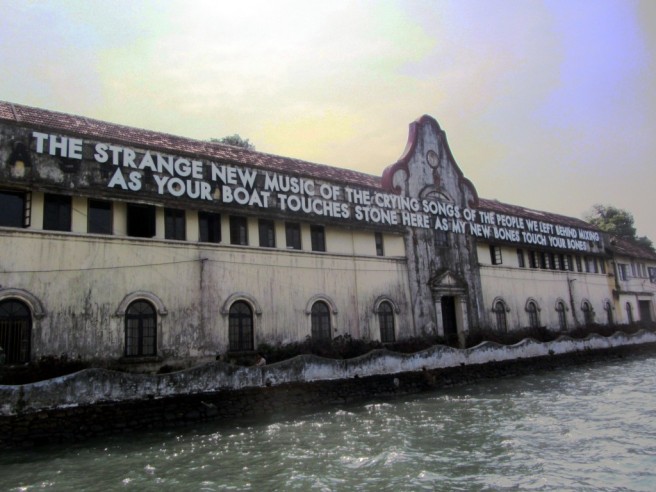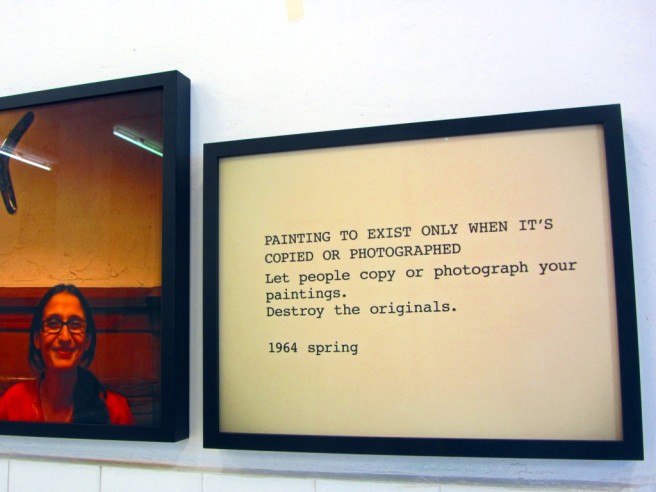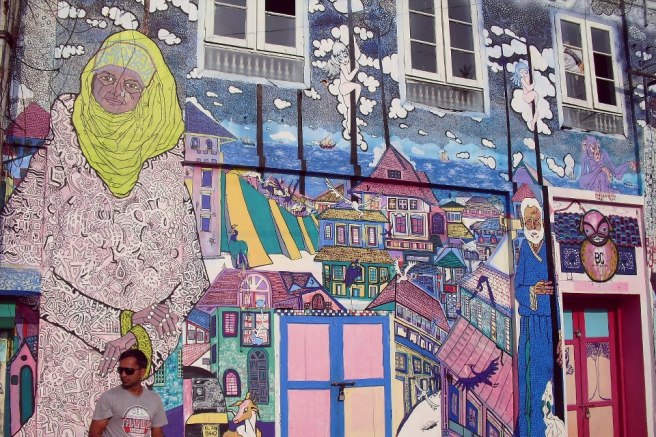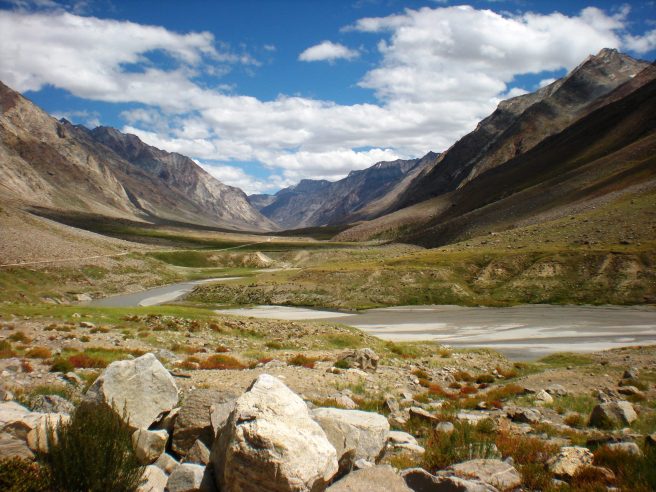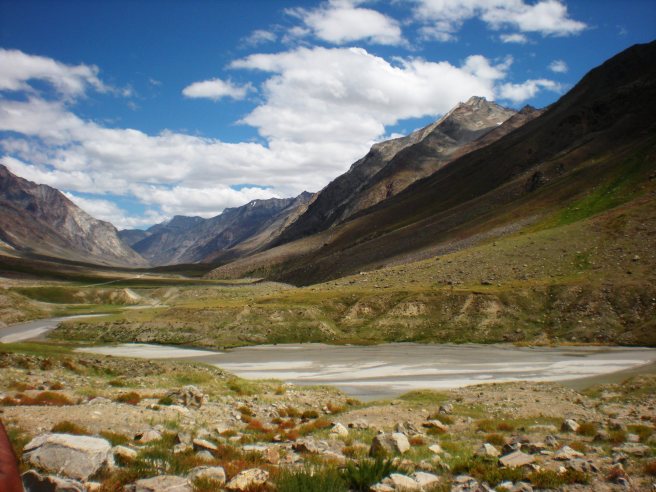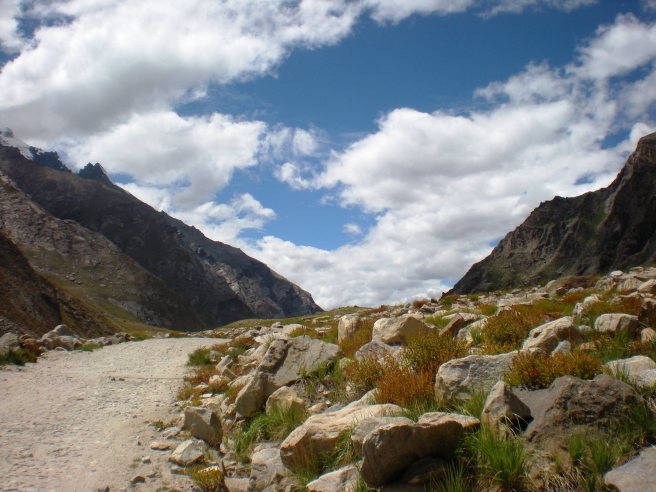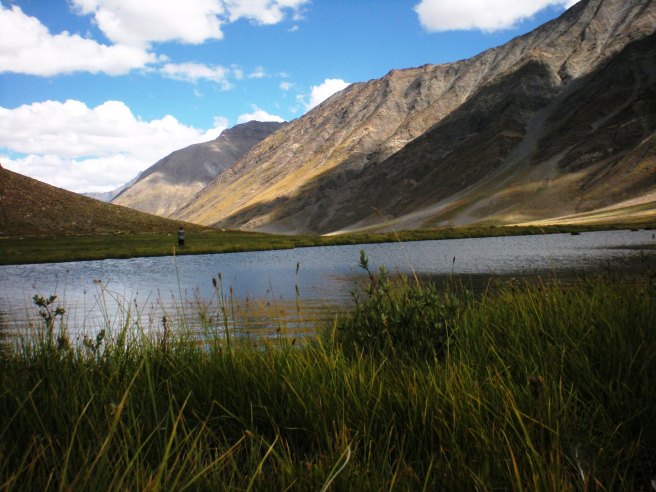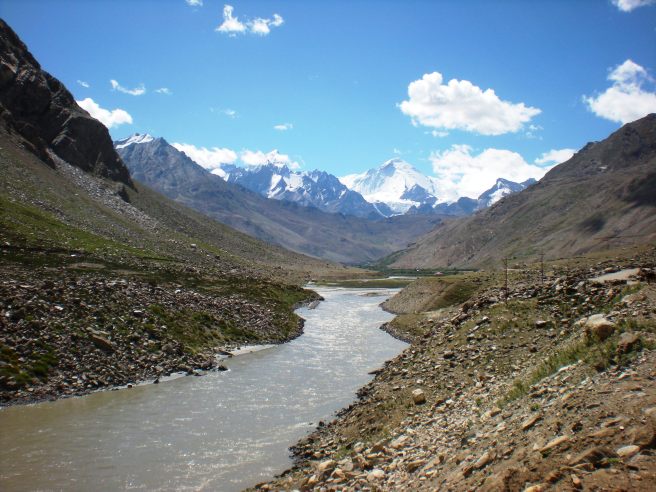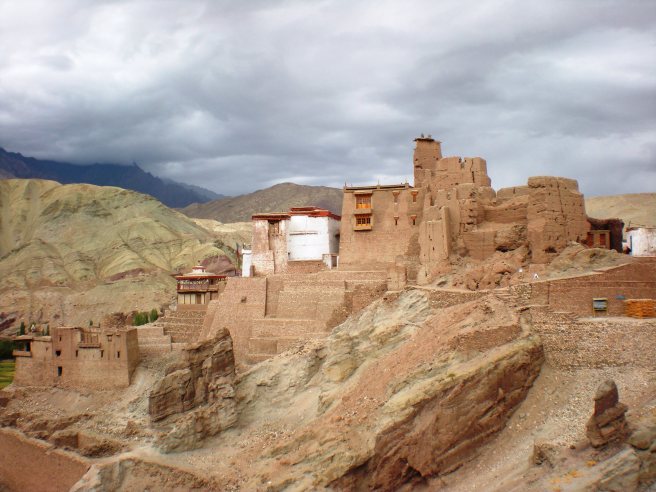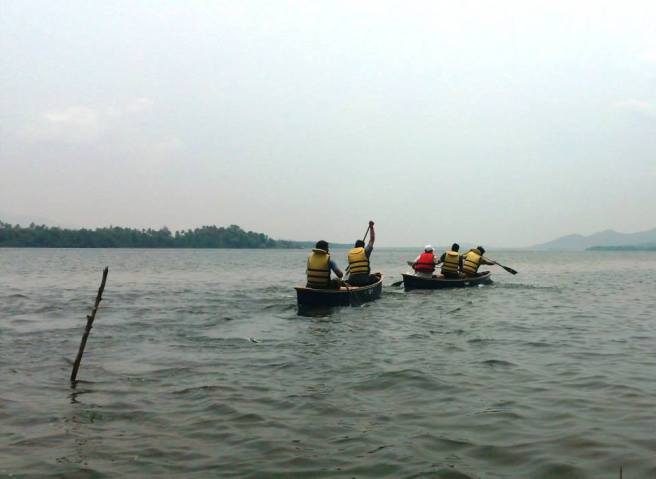Much like journeys on any long distance train, travelling on the Trans-Siberian express also tends to get tedious and mundane. Sure you can talk to the local travellers to get to know their country and culture better or fellow travelers from Europe and Australia (mostly the former) and swap stories. But the curiosity element soon wears off and the train journey becomes just a mode of transportation to get from one place to the next. Your time, though, will be well spent between engaging with curious trainee train conductors trying to test their English on you and looking for the empty charger outlets to recharge your phone’s dying batteries in the corridor.
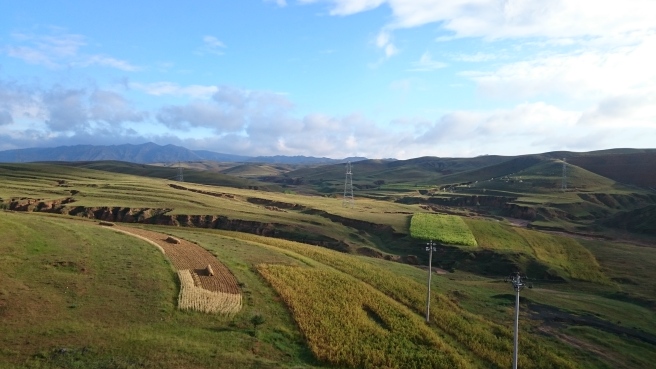

However, the vast expanses of Siberian Russia, the steppes of Mongolia and rustic Chinese villages will keep you company outside the train window. Just remember to load up your iPod (or whatever MP3 player it is popular in your part of the world) with your favorite music and pack your Kindle for times when you are bored chatting up and simply want some alone time. Packing a pair of earplugs and eye patches are beneficial too.

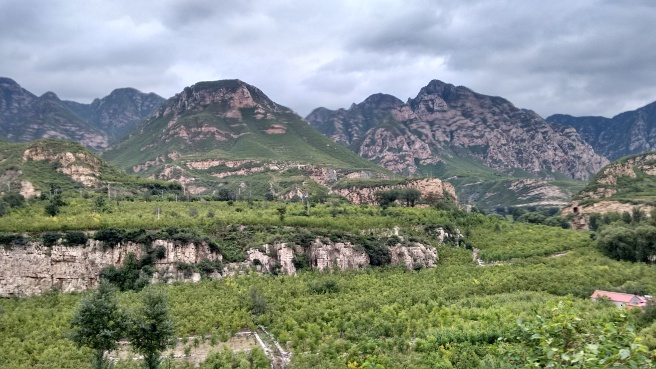
Here are some pointers on what to expect on board and life on the train in general.

The conductors (Provodnitsa)
These are the conductors of your train. After checking your tickets before letting you inside the train, they also double up as keepers of the compartment serving you your goody bag as soon as you board. You will also see them sweeping your coupes, cleaning the toilets and helping you with anything related to your travel (if you manage to get across the language barrier that is. It’s not that bad, there is usually an English speaking Russian in your compartment invariably.). The conductors are usually sweet, elderly babushkas (older women) or bald, ageing men with stained yellow teeth from years of smoking. But sometimes you do find young twenty something calling the shots. They are summer interns, as I understood from Alex a 19 year old who was the conductor in my compartment once, who would persistently want to have a conversation with me although we couldn’t understand a single word of what each other was saying.
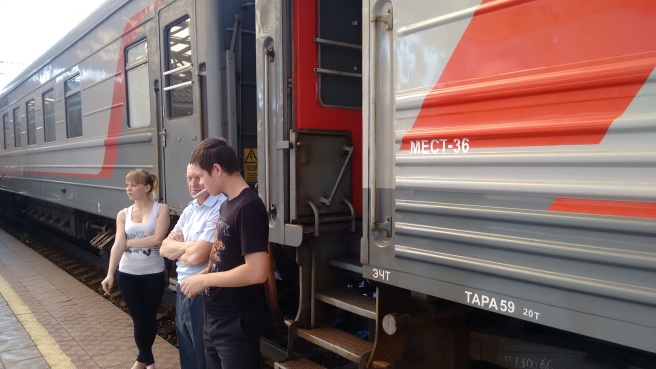

The food
You are given a brown paper bag filled with plastic cutleries, bottled water, and coffee / tea sachets on Russian trains. One meal is also provided to you for free oftentimes with your train ticket and you can choose to have it according to your wish (lunch or dinner). Just let the conductor know. Food and alcohol in the restaurant cars are slightly steeply priced but not exorbitant altogether. The number of times I visited the restaurant car, I found it mostly empty with the waiters watching Hollywood movies on their mobile devices.



Train etiquette:
- It is considered polite to roll up your blankets, pillow covers and towels and return it to the conductors before your stop arrives.

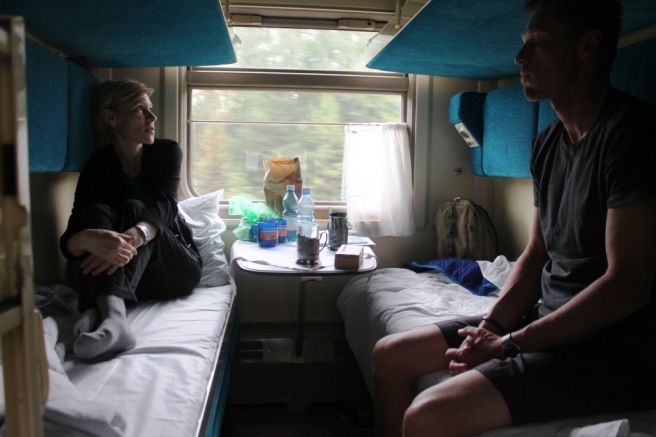
- You are not expected to tip in the restaurant car. In fact, tipping anywhere in Russia is not considered mandatory. You tip if you like the services (usually 10%)

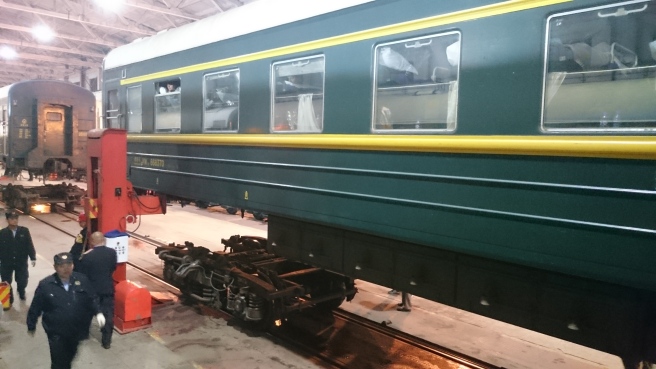
- The train compartments are generally populated with locals. Even if they travel with their children, you can see that the Russian children are remarkably well behaved and are not annoying. On the other hand, European backpackers in their twenties (especially when they travel in groups) can be exceptionally loud. Don’t be that gang. Nothing is annoying than your loud laughter piercing above the train’s quite at 10 in the night.


- Smoking is not allowed in the train but you are free to smoke in the platforms as soon as the train stops.


Are you planning to take the Trans-Siberian express? Leave a comment and let me know.
Pictures courtesy: Lars Soholm.







